Life Flight Network opens new base in Butte today
http://mtstandard.com/news/local/lif...a4bcf887a.html
Life Flight Network today announced the opening of its newest base of operations at the Bert Mooney Airport.
The base is home to a new AgustaWestland 119Kx “Koala” air medical helicopter, and 14 employees. The helicopter will extend air ambulance service to more communities in Montana and Eastern Idaho, allowing for faster medical response and improved patient outcomes.

Life Flight's New AW119Kx Helicopter
The base is staffed 24 / 7 by flight nurses, flight paramedics, pilots and mechanics, and is available to respond within minutes of receiving a call for help. The payroll and benefits for the personnel exceeds $1 million per year, according to a news release from the company.
Michael Griffiths, LFN’s CEO, states, “The citizens of Butte and the surrounding areas have welcomed us into the community. We are pleased to partner with area hospitals, and emergency responders to provide a resource that will greatly enhance patient care for the citizens of Butte and Montana.”
Dominic Pomponio, LFN’s Regional Director, said, “The Koala helicopter is the perfect aircraft in situations when critical care transport is needed and time is of the essence. It travels at roughly 160 miles per hour, greatly reducing the amount of time it takes for us reach seriously ill or injured patients throughout the region.
“The aircraft and critical care team resembles a mobile Emergency Department or Intensive Care Unit. We carry the most common medications administered in an ED or ICU, and can provide a similar level of care.”
LFN, the nation’s largest not-for-profit air medical transport service, is owned by a consortium of four health systems, including Legacy Emanuel Medical Center, Saint Alphonsus Regional Medical Center, Oregon Health & Science University and Providence Health System-Oregon.
The base is home to a new AgustaWestland 119Kx “Koala” air medical helicopter, and 14 employees. The helicopter will extend air ambulance service to more communities in Montana and Eastern Idaho, allowing for faster medical response and improved patient outcomes.

Life Flight's New AW119Kx Helicopter
The base is staffed 24 / 7 by flight nurses, flight paramedics, pilots and mechanics, and is available to respond within minutes of receiving a call for help. The payroll and benefits for the personnel exceeds $1 million per year, according to a news release from the company.
Michael Griffiths, LFN’s CEO, states, “The citizens of Butte and the surrounding areas have welcomed us into the community. We are pleased to partner with area hospitals, and emergency responders to provide a resource that will greatly enhance patient care for the citizens of Butte and Montana.”
Dominic Pomponio, LFN’s Regional Director, said, “The Koala helicopter is the perfect aircraft in situations when critical care transport is needed and time is of the essence. It travels at roughly 160 miles per hour, greatly reducing the amount of time it takes for us reach seriously ill or injured patients throughout the region.
“The aircraft and critical care team resembles a mobile Emergency Department or Intensive Care Unit. We carry the most common medications administered in an ED or ICU, and can provide a similar level of care.”
LFN, the nation’s largest not-for-profit air medical transport service, is owned by a consortium of four health systems, including Legacy Emanuel Medical Center, Saint Alphonsus Regional Medical Center, Oregon Health & Science University and Providence Health System-Oregon.


 407GX helicopters sits on a dolly at the downtown airport in Kansas City during training. LifeFlight Eagle has replaced its helicopters based in Harrisonville and Trenton with two new state-of-the-art Bell 407GX helicopters. While they look similar on the outside to the helicopters they replace, the new aircraft feature technology and safety upgrades, including a glass-cockpit and two-axis autopilot, among others
407GX helicopters sits on a dolly at the downtown airport in Kansas City during training. LifeFlight Eagle has replaced its helicopters based in Harrisonville and Trenton with two new state-of-the-art Bell 407GX helicopters. While they look similar on the outside to the helicopters they replace, the new aircraft feature technology and safety upgrades, including a glass-cockpit and two-axis autopilot, among others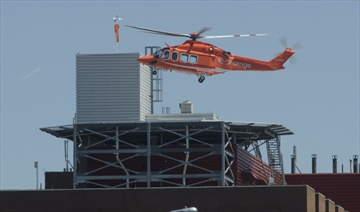
 Summit's existing 109E aircraft
Summit's existing 109E aircraft
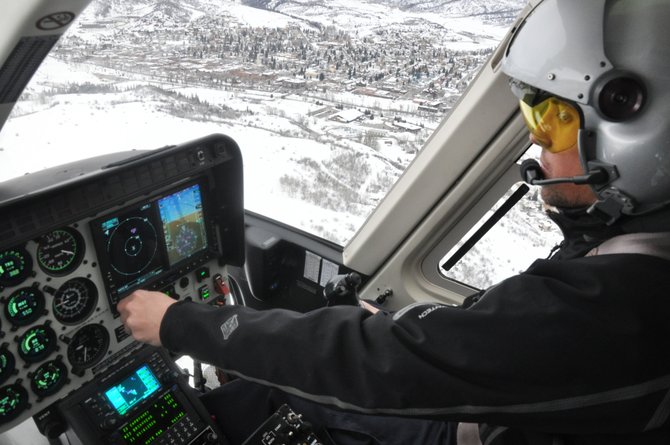
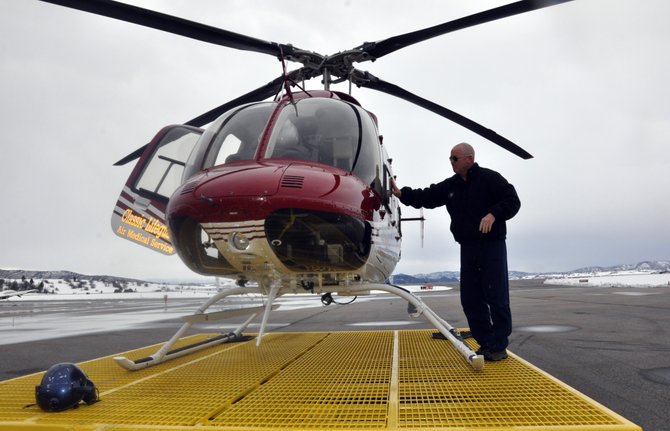

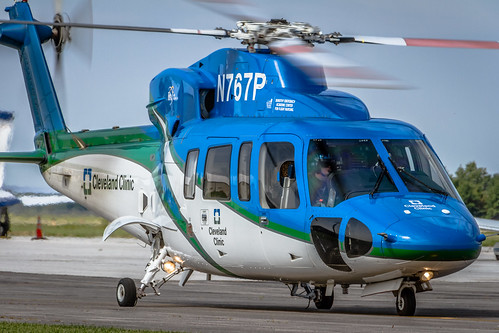
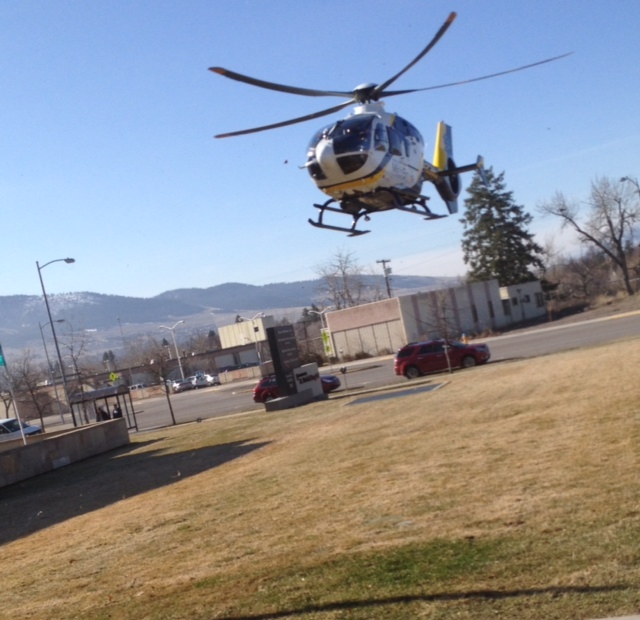


Comment